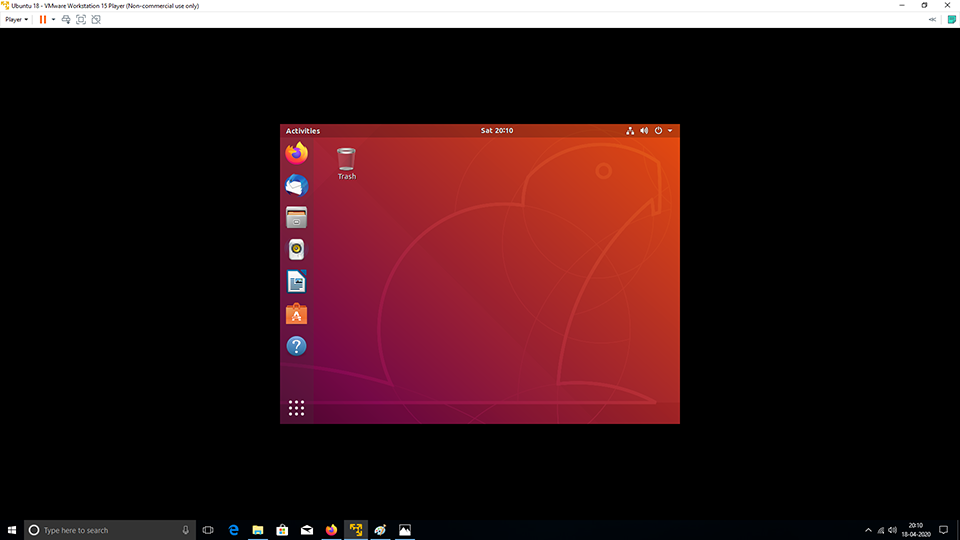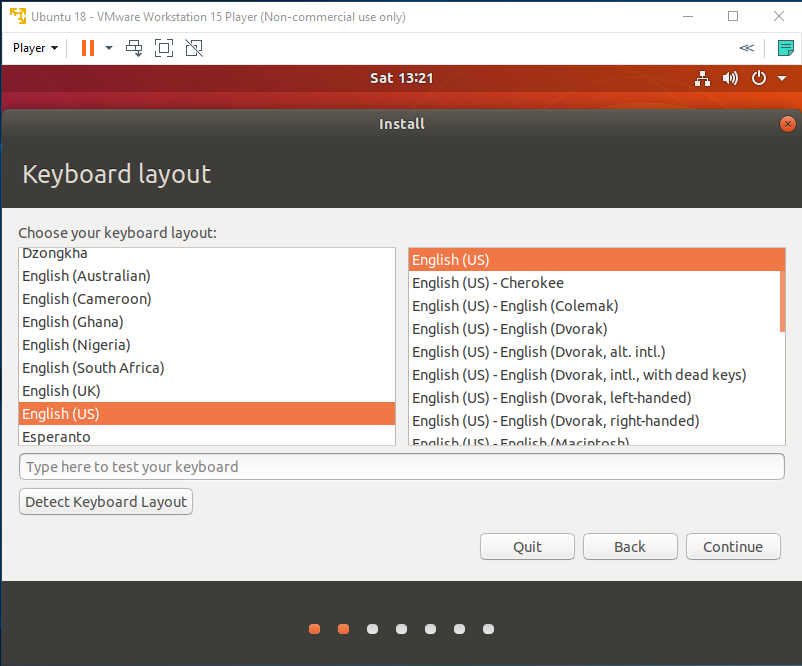
Installing VMware toolsįirst, make sure you have VMware tools installed. I’ve had some trouble making my copy/paste work on a Ubuntu VM and hopefully it will help someone. Ritchie and K.This is a bit of a miscellaneous post. it's worth reading those 26, short, pages of that seminal article: View the initctl man page's section on list and status for more info.įor the best introduction to Linux pipes etc. Post-start, running, pre-stop, stopping, killed or post-stop.įor your information, my machine was Ubuntu 13.10 Saucy Salamander Final Beta. Status may be one of waiting, starting, pre-start, spawned, The job name is given first followed by the current goal and state If there was no output at all, I'd deduce that vmware-tools was not running.Īs the initctl manual page says, each line of output reflects a job's status in the format: job-name goal/state The first line confirmed, to me, that vmware-tools was running. I ran the, grep-filtered, command ( sudo initctl list | grep vmware) and got the following output: vmware-tools start/running This runs initctl but filters its results to exclude all lines of output unless they contain the phrase vmware.

However, I prefer to pipe the output to a filter program like grep like so: # sudo initctl list | grep vmware

So, it might be better to pipe the standard output to a paginator program like less or more. The initctl command might produce a large list of results that flow over many screens. If you don't have root privilages, you could get an error like " unable to connect to system bus: failed to connect to socket /var/run/dbus/system_bus_socket: No such file or directory." Which is very confusing. Note: It's important to prefix the command with sudo (or be logged in as root). You could use initctl to request a list of the known jobs and instances and output the status of each to standard output: #sudo initctl list


 0 kommentar(er)
0 kommentar(er)
